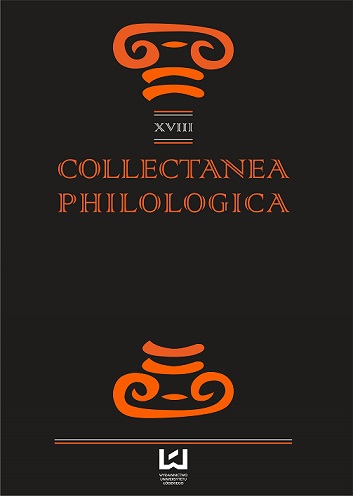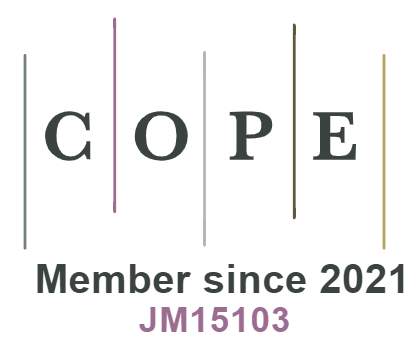Obraz niedoli w pieśni weselnej, czyli epitalamia Drakoncjusza jako przykład jego nowatorstwa
DOI:
https://doi.org/10.18778/1733-0319.18.07Słowa kluczowe:
Dracontius, epithalamium, Late Antiquity, Vandal AfricaAbstrakt
In this paper I examine Dracontius’ distinctiveness from other Latin and Greek poets writing epithalamia. He is not just another author of original wedding songs but surprises in many ways and can be found unusual even exploring a genre that did not have one well-defined model. To prove his unconventionality and uniqueness I firstly give a detailed analysis of both wedding songs by Dracontius I demonstrate the poet’s dependence upon earlier literature, explain the metaphors he used and discuss his reinterpretations of different themes introduced already by the poets before him. Then I add all my conclusions concerning Dracontius’ originality in comparison with his predecessors.Pobrania
Opublikowane
2015-01-01
Jak cytować
Cichoń, N. (2015). Obraz niedoli w pieśni weselnej, czyli epitalamia Drakoncjusza jako przykład jego nowatorstwa. Collectanea Philologica, 18, 79–89. https://doi.org/10.18778/1733-0319.18.07
Numer
Dział
Articles
Licencja

Utwór dostępny jest na licencji Creative Commons Uznanie autorstwa – Użycie niekomercyjne – Bez utworów zależnych 4.0 Międzynarodowe.












